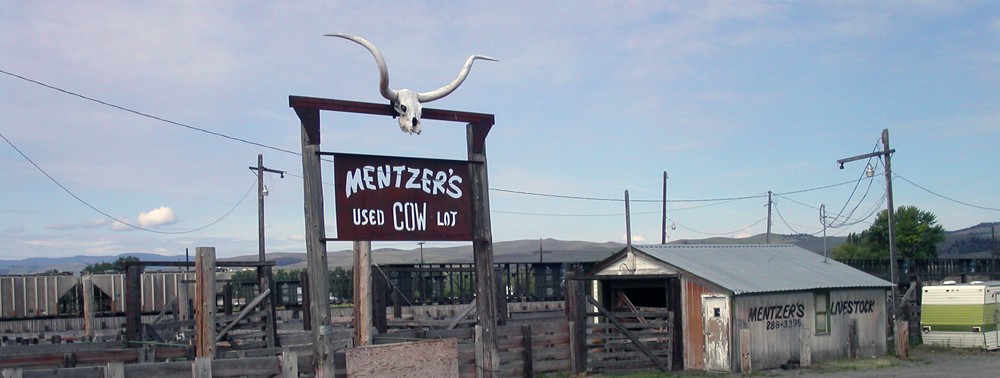
Banner, Internet Court of Lies.
Robert Thibadeau wants to jail all of the lies floating around on the Internet. To accomplish this lofty goal, the retired Carnegie Mellon University professor is using an old Moose lodge in a Pittsburgh suburb as a virtual courtroom where he runs the Internet Court of Lies.
Thibadeau’s idiosyncratic approach to Internet truth dismisses decades of scholarship on lies and lying. Instead, he has concocted a dubious definition of “lies” and an even more questionable approach to identifying and mitigating digital dishonesty. I first noticed his “courtroom” while driving through Sharpsburg, Pennsylvania, about six miles north of downtown Pittsburgh on the Allegheny River. The banners and other items affixed to the former Moose lodge piqued my curiosity. I bought a copy of Thibadeau’s self-published book, How to Recover Your Lies (Privust LLC, 2019), and then I asked him for an interview.
After a two-hour Zoom conversation, multiple follow-up emails, and communications with a linguist who literally wrote the book on lies and lying, I cobbled together a two-part blog post for the New Directions in Folklore blog. Read about the Internet Court of Lies here:
The Internet Court of Lies: A Digital People’s Court? (Part 1)
and
The Internet Court of Lies – Part 2

The Internet Court of Lies is the first thing people see as they enter Sharpsburg, Pa., from the south.
© 2020 D.S. Rotenstein


